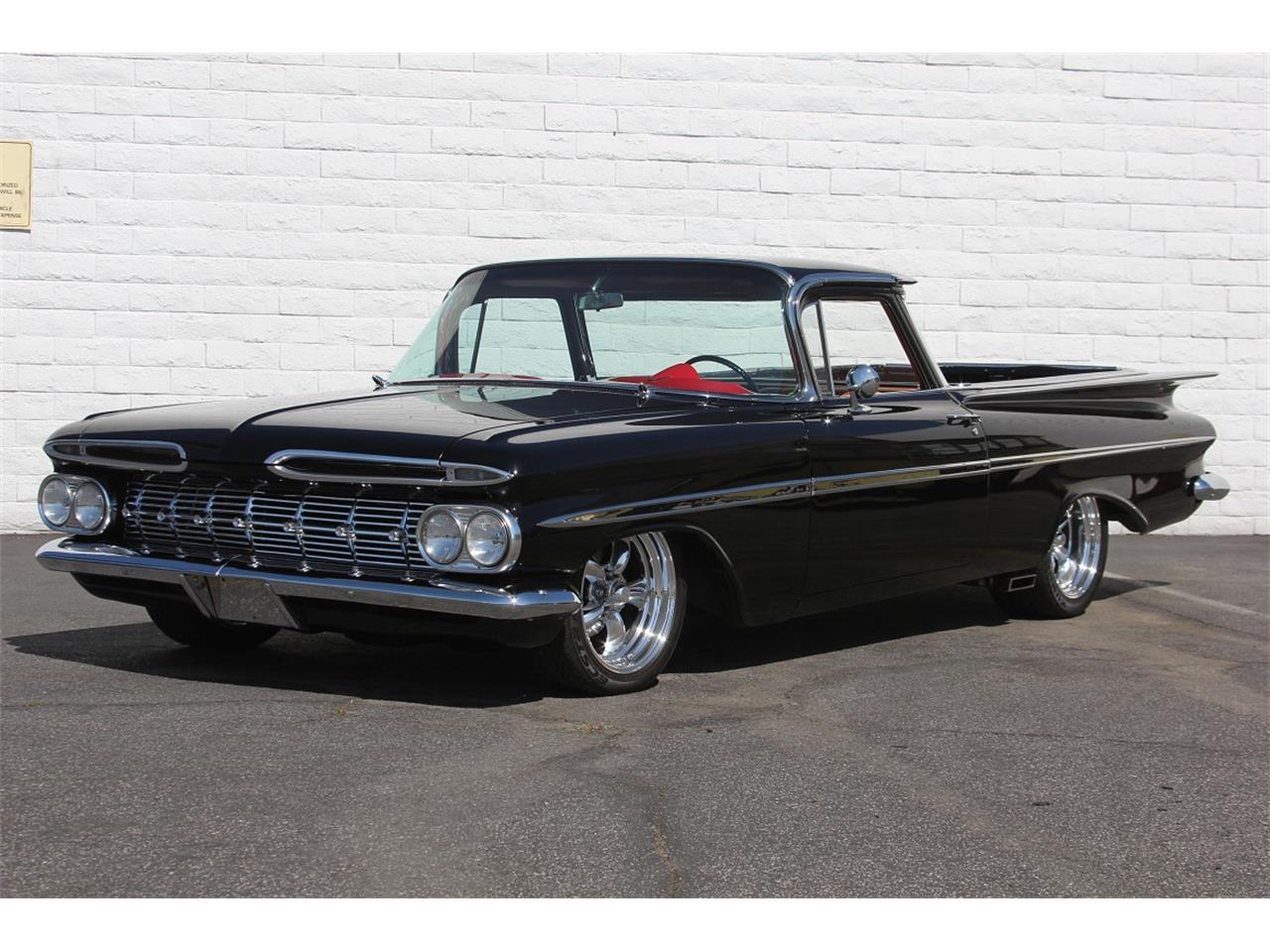

The bells are cast bronze and carry the words “El Camino Real 1769-1906”, 1769 being the year of the founding of the first mission in San Diego. By 1913 450 of them had been placed in front of the missions and along the road throughout the state. Forbes and the first was placed beside the historic plaza church in Los Angeles. The placement of the guideposts began in 1906 and were the idea of a Mrs. The famous bell and sign which appears along the Royal Road throughout California may well be the reason for the notoriety of our road. (The exceptions are the short roads off the 101 to Mission La Purisima and Mission Santa Ines and a longer detour to Mission San Antonio.) In Central California, the El Camino is easy to find since it follows the course of US Highway 101 with a few exceptions. There are “El Caminos” in other areas over which the Spanish ruled, but the California El Camino is the best known of them all. The name has been slightly mis-interpreted as “The King’s Road”, but actually translates to “The Royal Road”. Rolling hills, dirt road lined with mustard flowers – that was the El Camino Real. Much better to show you what it might have looked like back then.

The problem is that it wouldn’t appear any different from a modern map since some of today’s highways were built on the humble beginnings of that early road. As I started writing this page I thought about putting a map of the El Camino Real here.


 0 kommentar(er)
0 kommentar(er)
